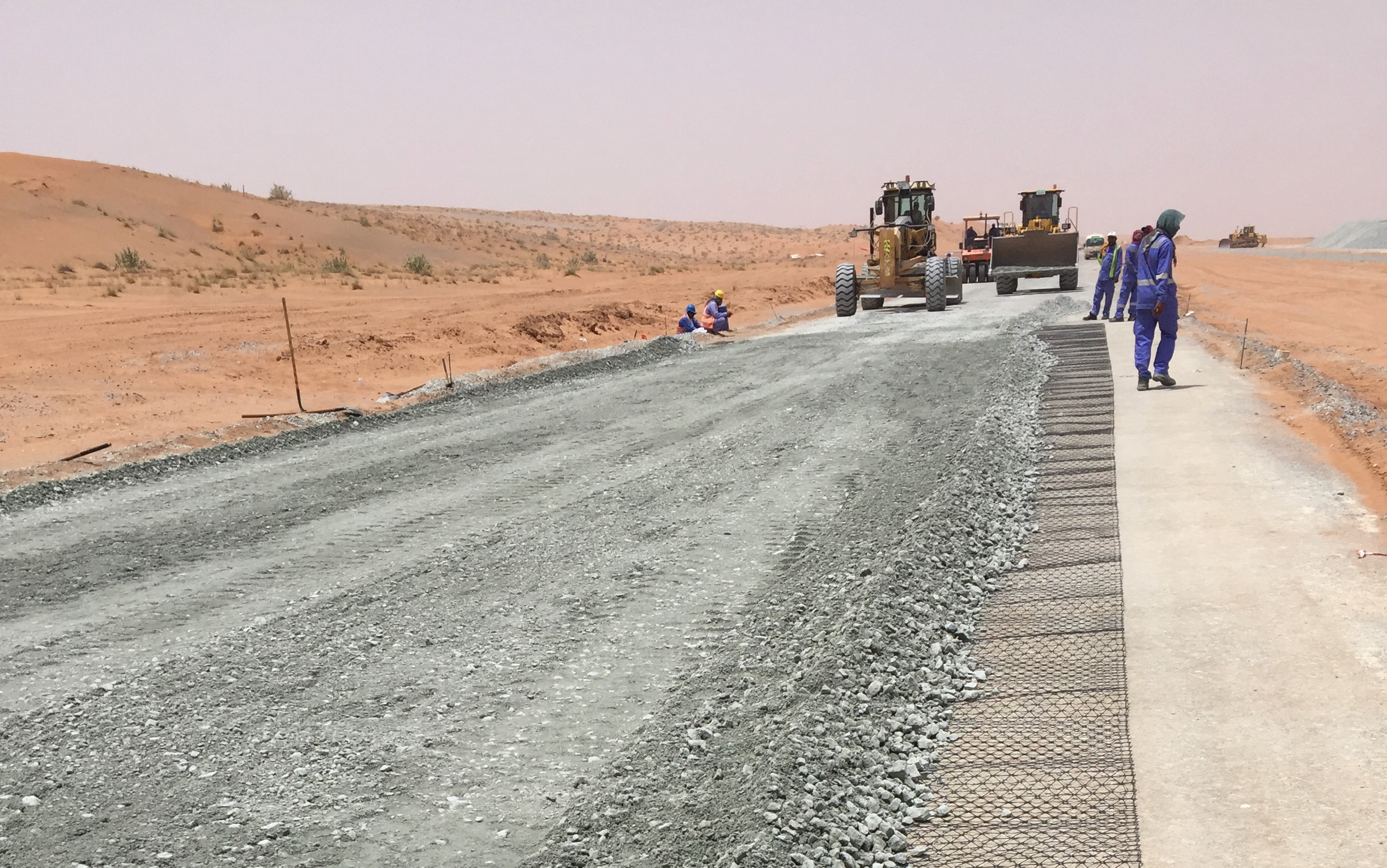The wrong type of sand
by Andrew Lees, on August 06, 2020
This week, we explore why some countries with an abundance of desert sand are also some of the world’s biggest importers of this most commonly-used construction material.
The OECD, in its 2019 Global Material Resources Outlook to 2060, Economic drivers and environmental consequences report, predicts the global use of primary materials will double from 79 billion tonnes in 2011 to 167 billion tonnes in 2060, with the largest growth expected to be in sand, gravel and crushed rock, mainly for use in construction.
Many countries rely on imports of natural construction materials as they lack resources of their own. Perhaps surprisingly, this includes countries with seemingly limitless supplies of sand, such as the United Arab Emirates (UAE). The UAE was, in fact, the world’s fifth largest importer of sand in 2018 and imported US$292m of sand between 2015 and 2019, according to the International Trade Centre.
This is because desert sand is unsuitable for construction, as it is very fine grained and the grains are round and smooth, giving it low strength. Desert sand also has a high alkali content, as it contains salt deposits left behind from evapotranspiration.
Ground Coffee Episode 22 – Andrew Lees takes advantage of getting lost in the desert to talk about the geotechnics of arid regions
Rising demand and rising construction costs
As demand rises and natural materials become scarce, prices are likely to rise, with a direct impact on construction costs. Some countries are even starting to restrict exports, as they need to meet their own demands, plus the environmental impact of excavating sand, gravel and rock is of increasing concern.
Clearly, the volume of primary materials used in construction will need to reduce in the future and the use of locally-sourced and recycled materials will need to increase, to keep construction costs down and manage environmental impact.

Tensar's stabilising geogrids have been used extensively in UAE to deliver thinner pavement designs that meet performance criteria, while reducing primary material use.
How stabilising geogrids can help
Stabilising geogrids are one solution. Using geogrids in pavements can cut construction cost by up to 20%, in part by using fewer materials, as mechanically-stabilised aggregate layers can be thinner while maintaining performance.
Research by the US Corps of Engineers has shown that road pavements incorporating stabilising geogrid perform significantly better than those without stabilising geogrid, despite being more than 40% thinner. When they are used in temporary working platforms, access roads and permanent roads, stabilising geogrids can cut the volume of aggregate needed by up to 50%.
And, as we have seen in a previous blog, when it comes to pavement and structures, HDPE geogrids can be used with a huge range of different materials, including marginal fill (such as selected site-won fill) and industrial waste products, such as pulverised fuel ash.
The UN predicts the world’s population will reach 9.7bn by 2050, when 68% of people are expected to live in urban areas. If they are to meet future demands for homes, businesses and infrastructure, engineers will need to seek out innovative technologies and alternative solutions – like stabilising geogrids – to deliver better-performing, longer-lasting buildings and infrastructure, that are easier and more economical to build, and use fewer materials, with lower environmental impact.



-(1).png?width=400&height=400&ext=.png)